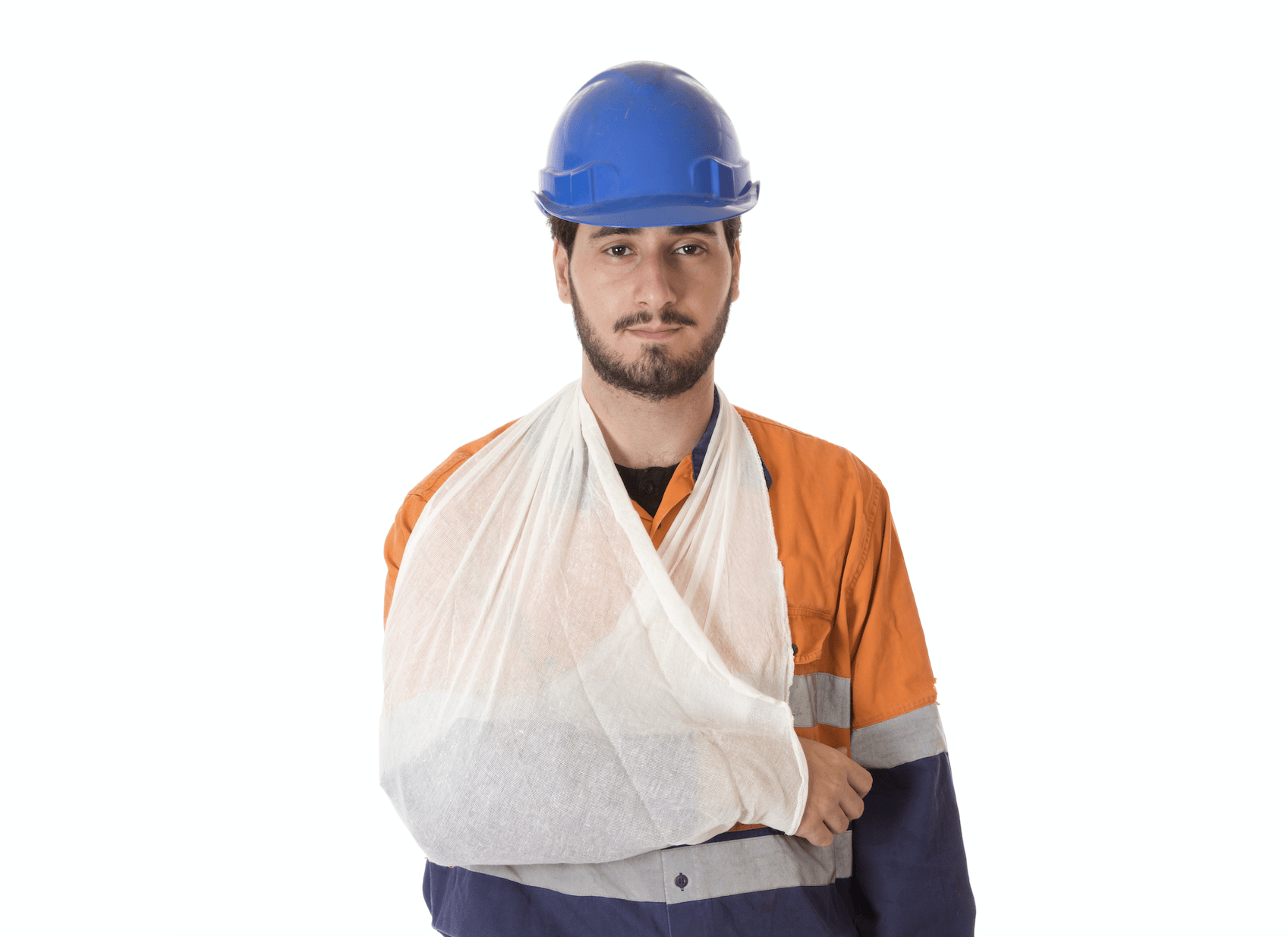
2024-07-12T16:54:51
Sunscreen Travel Tips
- Dermatology
July 19, 2019 | Family Medicine

Sprains and breaks (fractures) share many of the same symptoms. If you suffer an injury to your ankle, wrist or another joint, its nature and severity will determine the proper course of treatment. Seeking a diagnosis from an urgent care facility or family doctor will help ensure the fastest and most successful recovery.
Sprains occur when you stretch or tear a ligament—the tissue that connects bone to bone within a joint. Ligaments provide support and stabilization within the joint structure. Although similar in symptoms, sprains differ from strains in that strains involve tendons or muscles, rather than ligaments
Some of the most common causes of sprains include:
Symptoms of a sprain include:
The severity of a sprain may vary from mild to severe, depending on the degree to which the ligament was stretched or torn. Left untreated, severe sprains can lead to improper healing, joint instability and persistent pain. Over time, an untreated sprain may cause orthopedic complications such as arthritis.
Fractures and breaks include complete breaks, partial breaks, cracks and chips of the bone.
Common causes of broken bones include:
Symptoms of a break include:
The appropriate treatment for a break depends on the nature of the injury and its location. Patients may wear a cast or splint until the fracture heals, or in some cases, the doctor may recommend surgical stabilization or repair.
Treat a mild sprain at home using Rest, Ice, Compression and Elevation, known as the RICE protocol. RICE helps minimize the damage, limits swelling, relieves pain and facilitates healing.
For all but a mild sprain, however, patients should get an evaluation from a healthcare provider.
Seek immediate medical care if you experience any of the following symptoms:
When in doubt, err on the side of caution and seek medical advice from your family healthcare provider or a nearby urgent care facility.
The American Podiatric Medical Association (APMA) says you can help avoid sprains and breaks by engaging in strength training and conditioning, wearing well-fitting shoes, using appropriate athletic equipment and protection, stretching and warming up before exercise and eating a nutritious, well-balanced diet. Avoid running or walking on uneven surfaces and replace athletic shoes annually (or sooner, if you notice signs of wear and tear).
Finally, talk to your family doctor for advice to help keep you and your family in good health and avoid sprains and breaks whenever possible.
Sources:
“Sprains, Strains, and Fractures.” American Podiatric Medical Association (APMA).
https://www.apma.org/Patients/FootHealth.cfm?ItemNumber=982
“Sprains, Strains, Breaks: What’s the Difference?” University of Rochester Medical Center.
https://www.urmc.rochester.edu/encyclopedia/content.aspx?contenttypeid=1&contentid=1889
“Fractures.” MedlinePlus.
https://medlineplus.gov/fractures.html?utm_source=mplusconnect&utm_medium=service
“Sprains and Strains.” MedlinePlus.

WRITTEN BY:
The Live Better Team


2024-07-12T16:54:51

2024-07-02T11:42:04

2024-07-01T13:49:28

2024-06-21T14:29:51
This information is not intended to replace the advice of a medical professional. You should always consult your doctor before making decisions about your health.